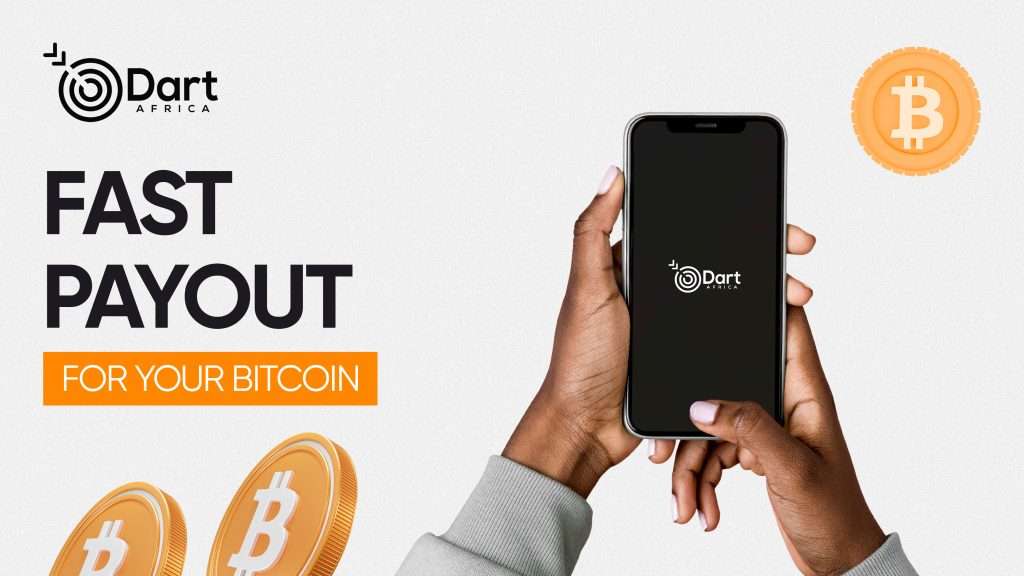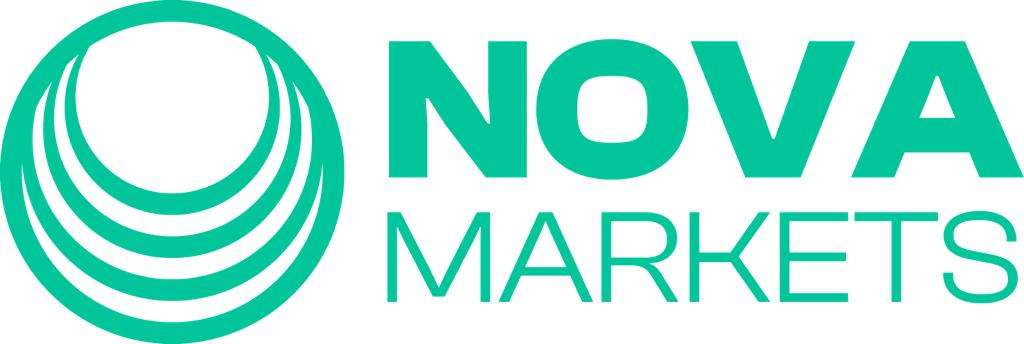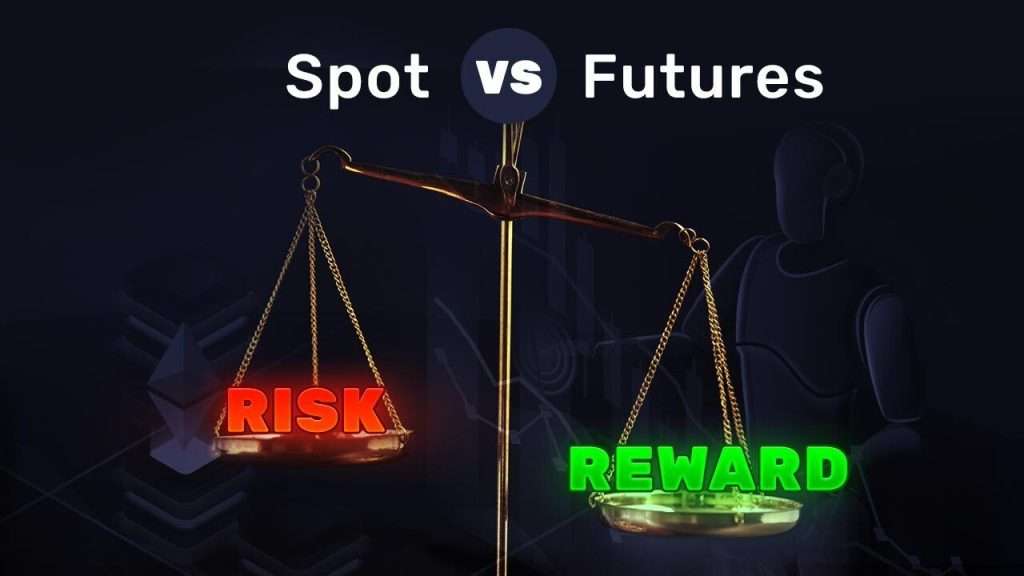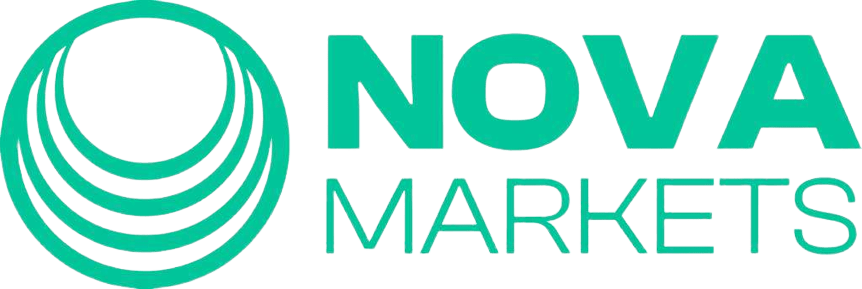SPOT TRADING VS FUTURES TRADING: Spot trading and futures trading are two popular ways of trading financial assets, including cryptocurrencies. While both types of trading involve buying and selling assets, they differ in terms of how trades are executed and settled, as well as the level of risk involved. In this article, we will explore the key differences between spot trading and futures trading.
Spot Trading
Spot trading refers to buying and selling financial assets at their current market price, or “spot” price. In the case of cryptocurrencies, this means buying and selling the digital currency at the current market price without any delay. Spot trading is the most common way of trading cryptocurrencies, and it is often used by investors who are looking to buy and hold their positions for the long term.
One of the advantages of spot trading is that it is simple and straightforward. Traders can buy and sell cryptocurrencies using a variety of trading platforms, and they can execute trades quickly and easily. Spot trading is also relatively low-risk compared to other forms of trading, as the trader is only exposed to market risk.
SPOT TRADING VS FUTURES TRADING
However, there are also some disadvantages to spot trading. One of the main drawbacks is that traders are exposed to the volatility of the cryptocurrency market. This means that the price of a cryptocurrency can change rapidly and unpredictably, which can result in significant losses for traders who are not careful.
Futures Trading
Futures trading, on the other hand, involves buying and selling financial assets at a future date, at a predetermined price. In the case of cryptocurrencies, this means that traders are entering into an agreement to buy or sell a specific amount of a cryptocurrency at a certain price, at a specified date in the future. Futures trading is often used by traders who are looking to profit from short-term price movements in the cryptocurrency market.
One of the advantages of futures trading is that it allows traders to leverage their positions, which means that they can control a larger amount of assets than they would be able to if they were only trading on the spot market. This can result in larger profits for successful traders. Futures trading also allows traders to hedge their positions, which means that they can protect themselves against potential losses.
However, there are also some disadvantages to futures trading. One of the main drawbacks is that it is more complex than spot trading, and it requires a greater understanding of financial markets and trading strategies. Futures trading is also higher-risk than spot trading, as traders are exposed to both market risk and counterparty risk. Counterparty risk refers to the risk that the party on the other side of the trade will not fulfill their obligation to buy or sell the assets at the agreed-upon price.
Key Differences Between Spot Trading and Futures Trading
The key differences between spot trading and futures trading can be summarized as follows:
Timing: Spot trading involves buying and selling assets at the current market price, while futures trading involves buying and selling assets at a predetermined price in the future.
Settlement: Spot trades are settled immediately, while futures trades are settled at a specified date in the future.
Risk: Spot trading is generally lower-risk than futures trading, as traders are only exposed to market risk. Futures trading is higher-risk, as traders are exposed to both market risk and counterparty risk.
Leverage: Futures trading allows traders to leverage their positions, which means that they can control a larger amount of assets than they would be able to in spot trading.
Complexity: Futures trading is generally more complex than spot trading, and it requires a greater understanding of financial markets and trading strategies.
How To Get Started In Spot and Futures trading
Getting started in spot and futures trading requires a few steps, which may vary slightly depending on the trading platform being used. Here is a general overview of the process:
Choose a Trading Platform: There are numerous trading platforms available, each with different features and fees. Research and compare platforms to find one that suits your trading style and goals.
Create an Account: Once you have selected a trading platform, you will need to create an account. This typically involves providing personal information and verifying your identity.
Fund Your Account: To start trading, you will need to deposit funds into your trading account. Different platforms may have different deposit methods available, such as bank transfers or credit/debit cards.
Learn the Trading Interface: Familiarize yourself with the trading interface of the platform you have chosen. Understand how to execute trades, monitor your positions, and manage your orders.
Start Trading: With funds in your account and a basic understanding of the trading platform, you can start trading. Begin by placing small trades and gradually increasing your position size as you become more comfortable with the platform.
It is important to note that spot and futures trading can be risky, and it is important to understand the risks involved before getting started. It is also recommended to educate yourself on technical analysis and risk management strategies to increase your chances of success.
Recent research (still ongoing) shows that most traders around Nigeria and Ghana environs always opt to take their profits from trading in the form of fiat. This is done on DartAfrica’s web-based platform that allows users to deposit just the amount they need to convert to fiat (min $20). All they need to do is register in under a few mins and proceed to sell the particular coin they’re taking as profit (could be USDT, USDC, BTC, ETC, etc.) and a unique wallet is generated for users to deposit. After 2 block confirmations, users are credited with the equivalent fiat amount in their DartAfrica wallet. This fiat can then be withdrawn directly to a local bank account. It’s that easy.

Both spot trading and futures trading are popular ways of trading cryptocurrencies, and each has its own advantages and disadvantages. Spot trading is simple and straightforward, and it is often used by investors who are looking to buy and hold their positions for the long term. Futures trading, on the other hand, allows traders to profit from short-term price movements
SPOT TRADING VS FUTURES TRADING – SPOT TRADING VS FUTURES TRADING



